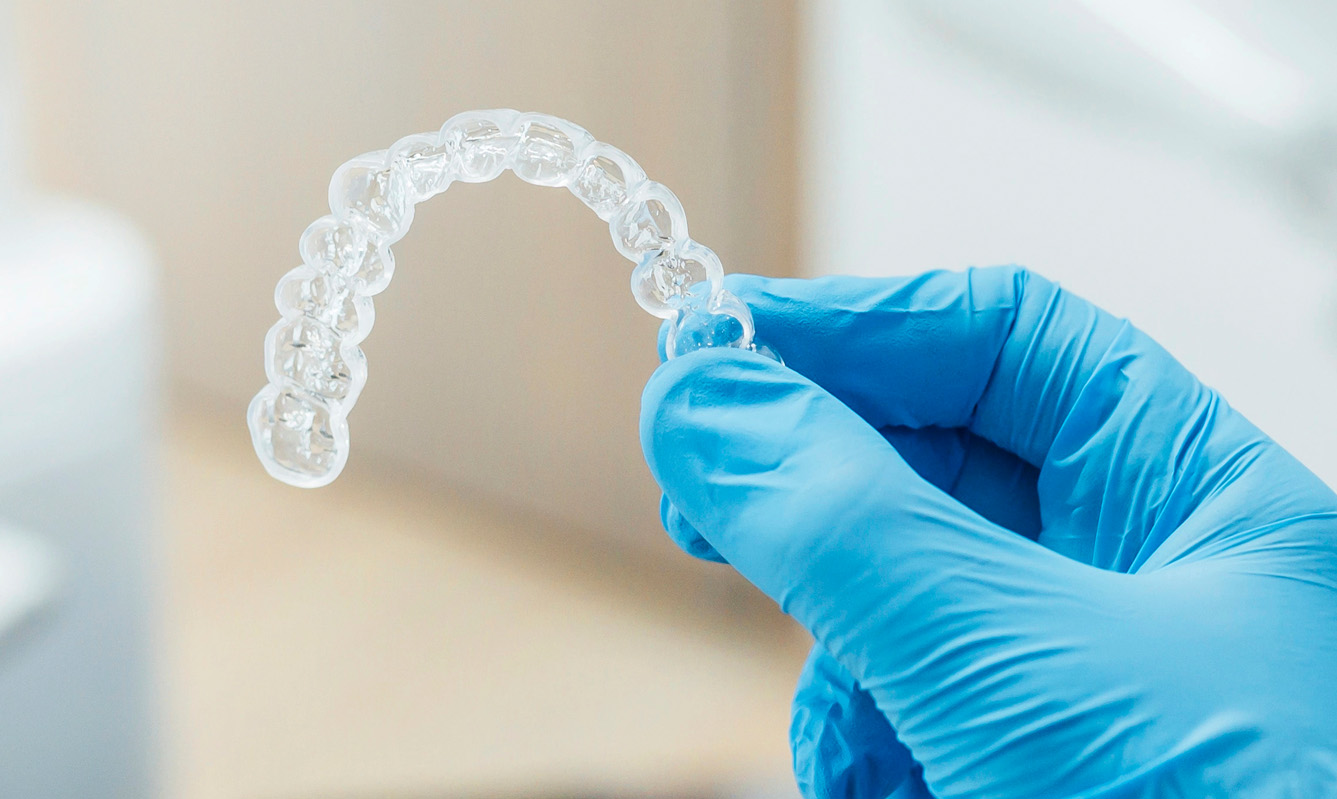When it comes to maintaining a beautiful, new smile after orthodontic treatment, retainers play a crucial role. Many patients will be given a retainer after their braces treatment to ensure that the progress made on their smile is not lost. Understanding the different types of retainers and their maintenance tips can help those patients safeguard the perfect alignment of their teeth. This guide will provide an overview of the various types of retainers as well as essential maintenance tips to protect their longevity and efficacy.
Types of Retainers
There are several types of retainers available, each with its own advantages. The primary categories include fixed retainers, removable retainers, and clear retainers.
- Fixed retainers, also known as bonded or permanent retainers, are attached to the back of the patient’s teeth with a dental adhesive. They offer the benefit of constant retention without the need for removal, so the teeth remain in their corrected positions at all times.
- Removable retainers come in various forms, including the well-known Hawley retainer, which consists of a metal wire and an acrylic base. These retainers can be easily removed for cleaning, making them convenient for those who prefer not to wear their retainers all the time.
- Clear retainers, such as Invisalign aligners, are removable retainers made from transparent plastic. They are custom-made for the perfect fit and a popular choice amongst patients who desire a more discreet look.
Retainer Maintenance Tips
Making proper maintenance of a retainer a top priority will keep it effective and hygienic. Here are some key tips for cleaning, storage, replacement, and getting a retainer from a different orthodontist.
- Cleaning: Regular cleaning to prevent the buildup of plaque and bacteria on a retainer is vital. Use a soft-bristle toothbrush and mild soap to clean it on a daily basis. Avoid using hot water, as high temperatures can warp the retainer. For deeper cleaning, use a retainer cleaning solution or soak it in a mixture of water and vinegar.
- Storage: When the retainer is not in use, always keep it safely stored in its case to protect it from damage and contamination. Avoid leaving it out in the open or wrapped in a napkin, as doing so makes it easy to lose or accidentally throw away.
- Replacement: Retainers can wear out over time, so it’s important to replace them as needed. Some of the telltale signs that it’s time for a new one include cracks becoming noticeable, warping, or the retainer no longer fitting properly. Regular check-ups with an orthodontist can help determine when a replacement is necessary.
- In the event a patient relocates or needs to change their orthodontist for any reason, it’s possible they can get a retainer from a different orthodontist. They must bring their dental records or have them transferred to the new orthodontist in order to guarantee a smooth transition and proper fit for their new retainer.
Understanding the types of retainers available and following suggested maintenance tips makes it much easier to achieve a long lasting smile that remains straight and healthy after braces have been removed.
